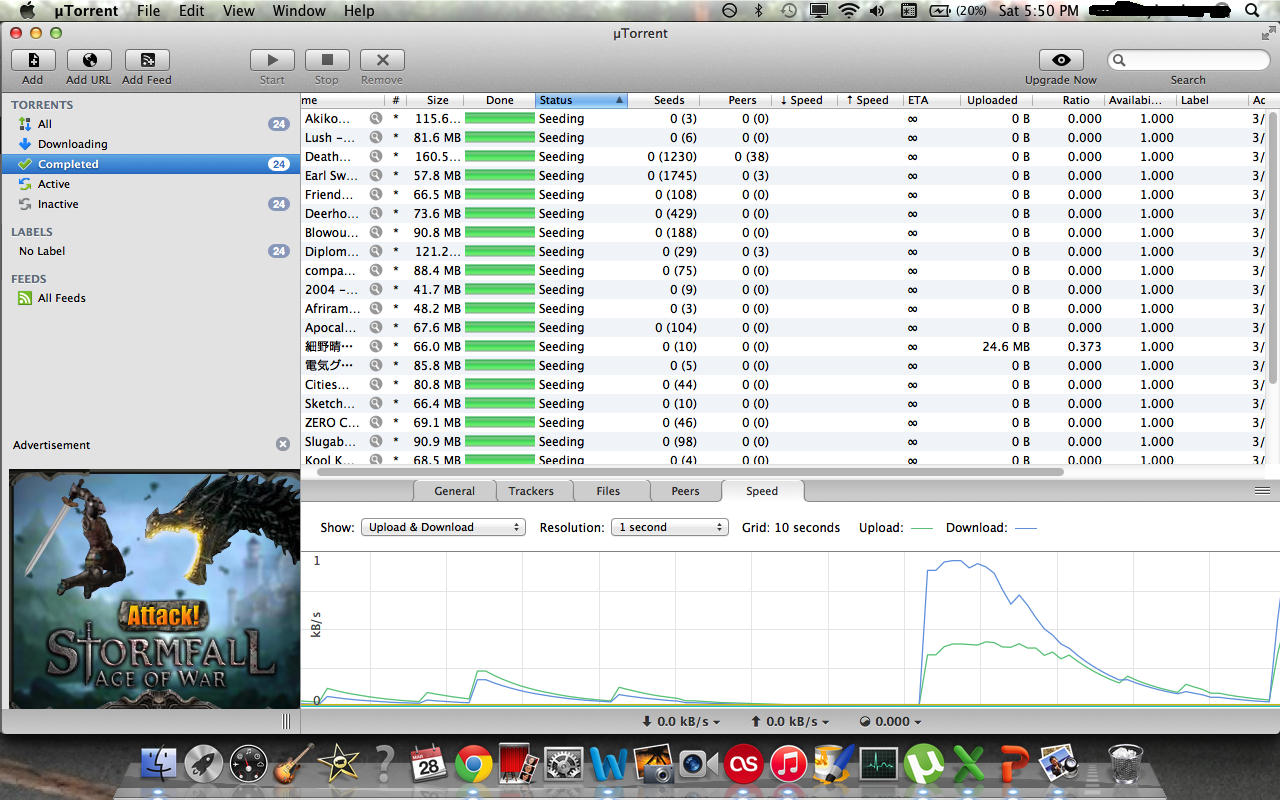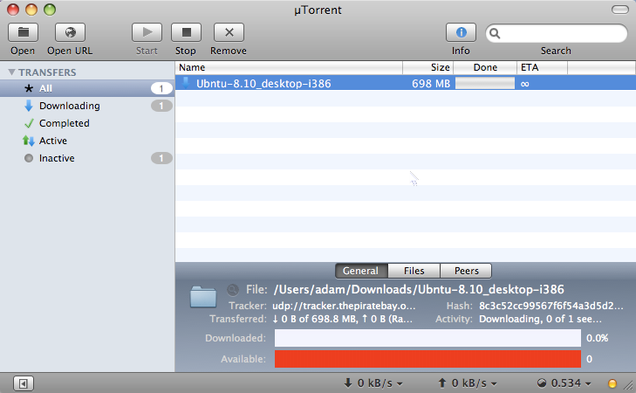

- UTORRENT FOR MAC MONTEREY HOW TO
- UTORRENT FOR MAC MONTEREY MAC OS X
- UTORRENT FOR MAC MONTEREY MAC OS



Let us know in the comments if you have success with this command and the version of OS X that you have used it with.
UTORRENT FOR MAC MONTEREY MAC OS
This has been tested and continues to work in many versions of Mac OS X, from earlier versions through to OS X El Capitan (10.11.x+), OS X Yosemite, OS X Mavericks 10.9.5 and presumably newer. profile to clear the database automatically when a new terminal window is launched. You can run that individually, or place it into. Sqlite3 ~/Library/Preferences/* 'delete from LSQuarantineEvent' Deleting the Download History Listįor those who would rather not have an all-inclusive historical list of downloaded files, you can run the following command to delete the contents of the quarantine database: This list even works if you have file quarantine turned off for files and apps, thanks to inket for verifying that. Generally, the older the Mac is and the more files have been downloaded, the larger the list, and the longer the query can take to run.
UTORRENT FOR MAC MONTEREY MAC OS X
The output lists everything that has been passed through the Quarantine Manager, which for the last several versions of Mac OS X is quite literally every item downloaded to the Mac, regardless of the application it came from. Sqlite3 ~/Library/Preferences/* 'select LSQuarantineDataURLString from LSQuarantineEvent' > ~/Desktop/QuarantineEventList.txt Sqlite3 ~/Library/Preferences/* 'select LSQuarantineDataURLString from LSQuarantineEvent' | sortįor ease of viewing, you can also redirect the output into a text file, this command will dump the list into a file called “QuarantineEventList.txt” on the active users desktop: You may want to pipe the results through “sort” to group the downloaded list into similar items or sources, that would look like this:
UTORRENT FOR MAC MONTEREY HOW TO
How to View a List of All Files Downloaded to a Mac


 0 kommentar(er)
0 kommentar(er)
